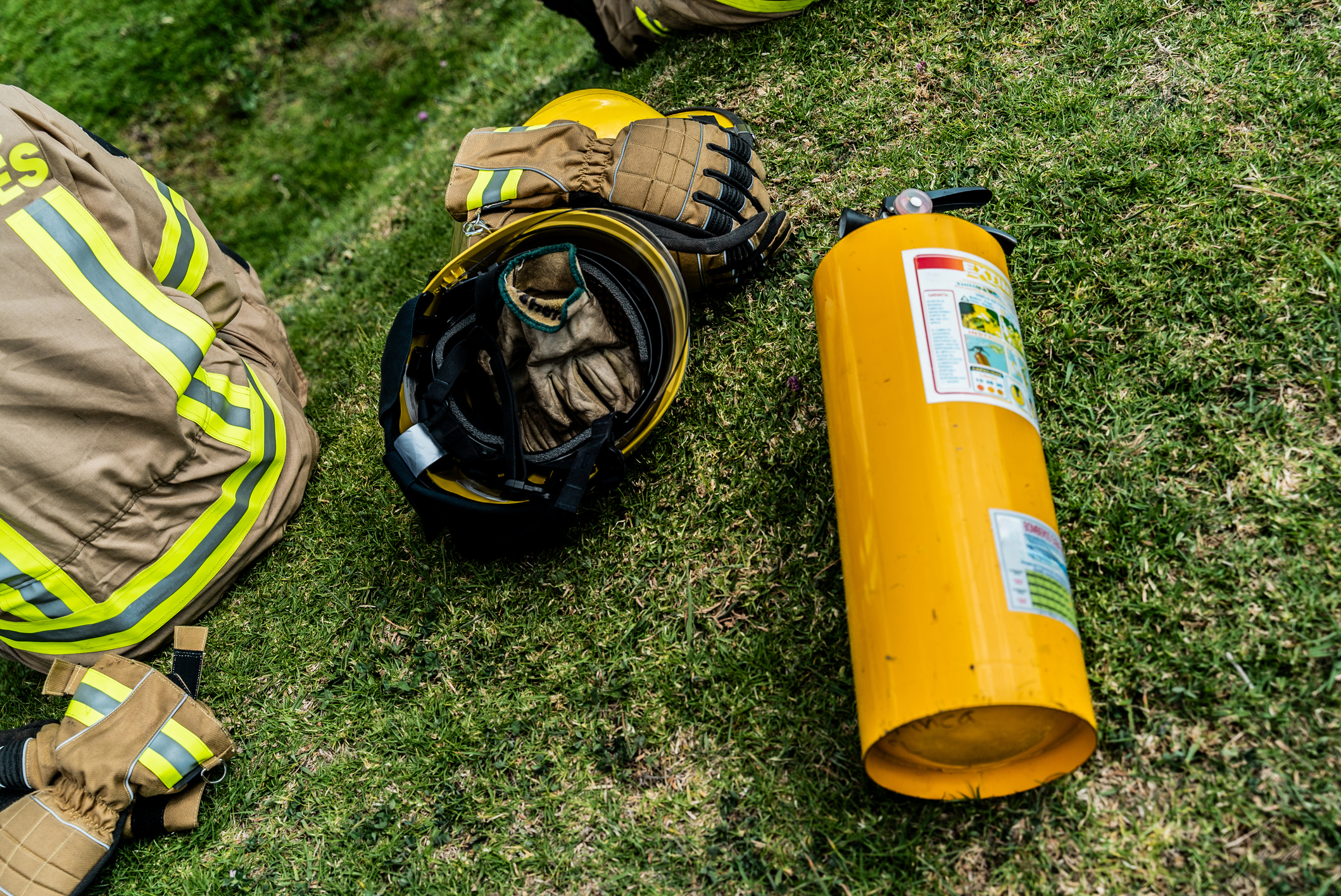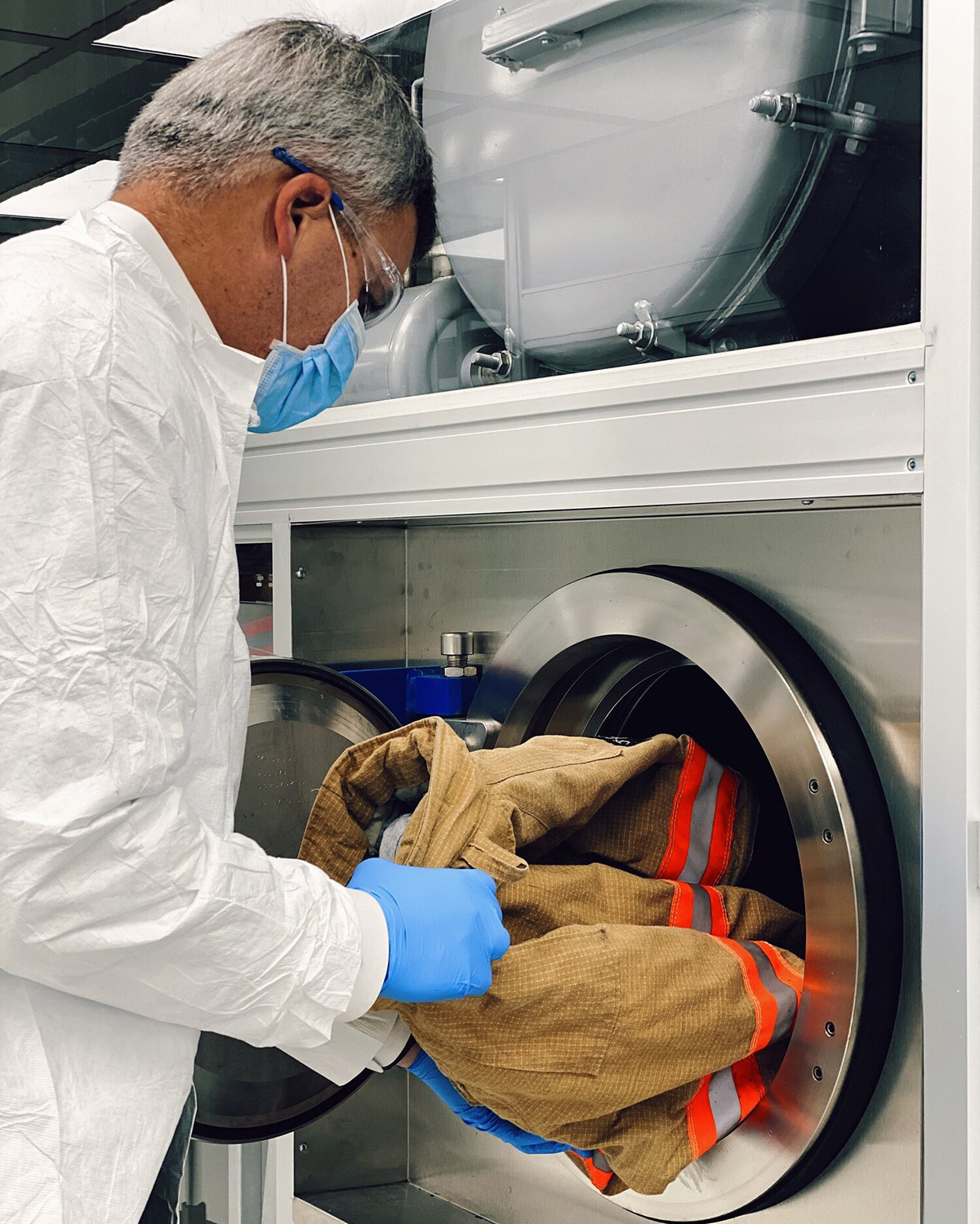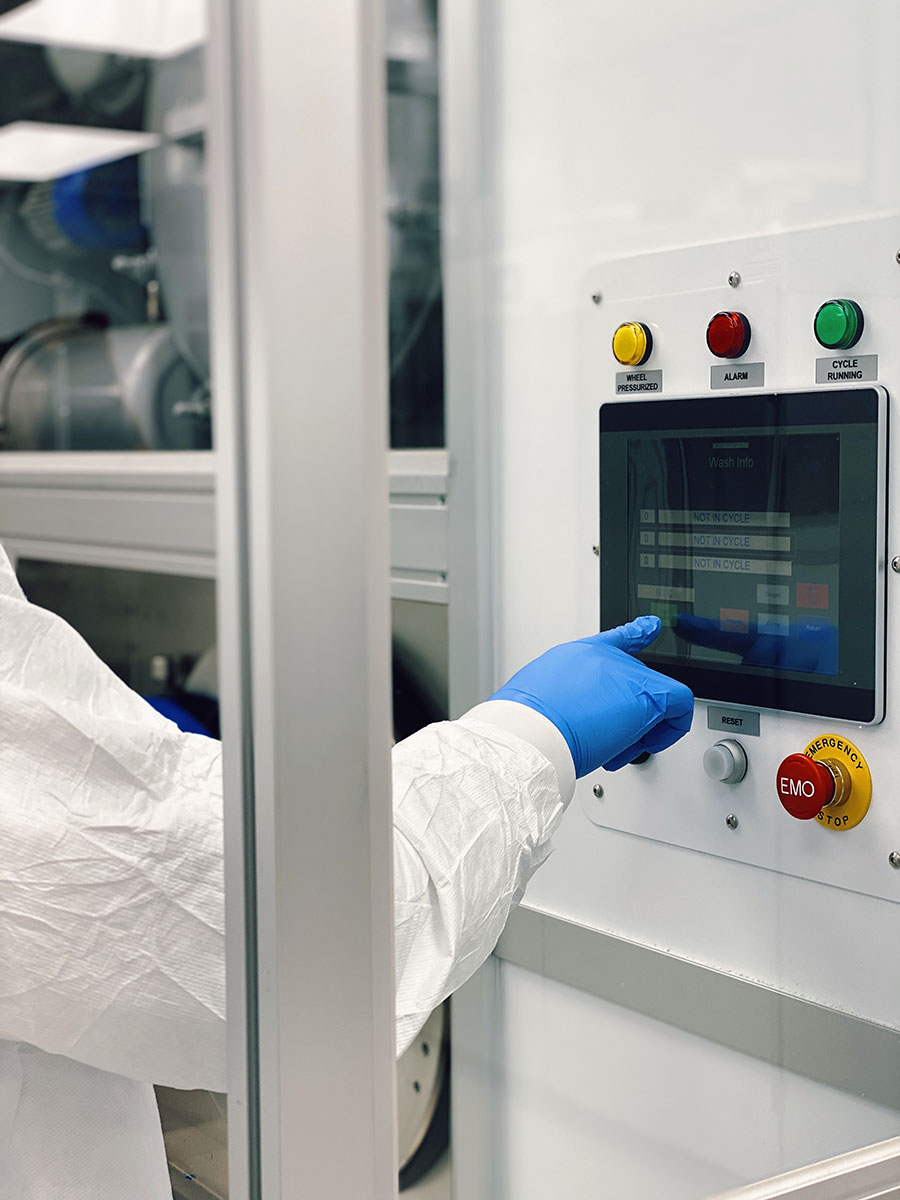By: Emergency Technical Decon Team
Firefighters know the risks of contaminated turnout gear—and most departments have protocols for washing jackets, pants, and sometimes hoods. But what about the rest?
Hidden in plain sight, overlooked components like base layers, suspenders, straps, chin guards, and helmet liners often harbor the same carcinogenic compounds as outer PPE. When these items aren’t routinely decontaminated, they become long-term exposure points for toxic substances like PFAS, PAHs, and heavy metals.
Beyond Jackets and Pants: The Real Exposure Risk
Contaminants don’t stop at the surface. Heat, sweat, and repeated use allow toxins to migrate through gear layers and settle into smaller components. These parts are often worn close to thin-skinned, vulnerable areas—like the neck, wrists, and groin—which makes them even more dangerous when left uncleaned.
Base layers are particularly high-risk. Worn directly against the skin, they absorb sweat and pull contaminants from outer gear inward. Suspenders, straps, and belts tend to trap residues in seams and stitching. Chin guards and helmet liners sit tightly against the face and jawline—where absorption is rapid, but cleaning is often skipped.
Why Standard Washes Aren’t Enough
Most departments rely on extractor-based washing systems to clean turnout gear. But these machines are designed for outerwear. They often overlook smaller, accessory items—or may damage them in the process. This leaves toxic residue behind or forces departments to cut corners on what gets cleaned and when.
How to Address the Full Gear Spectrum
Departments need a comprehensive decon strategy that includes all PPE components—especially the items most likely to be missed. Helmets, liners, gloves, hoods, and base layers should be treated with the same urgency as jackets and pants. Ignoring these elements puts firefighters at risk long after a fire is extinguished.
At Emergency Technical Decon (ETD), our Liquid CO2+ system is engineered to clean every layer of gear, including complex accessories that extractor machines often can’t handle. It removes 84% of PFAS, 99.9% of SVOCs, and 99.8% of heavy metals, all while protecting gear integrity and preventing wastewater contamination.
A Safer Standard for the Fire Service
Every layer matters. If you’re serious about reducing cancer risk and improving firefighter safety, start with a complete gear decon plan—one that includes the components that are too often forgotten.
ETD is here to help you go beyond the basics. Contact us to learn how our Liquid CO2+ technology supports a truly comprehensive turnout gear cleaning program.



